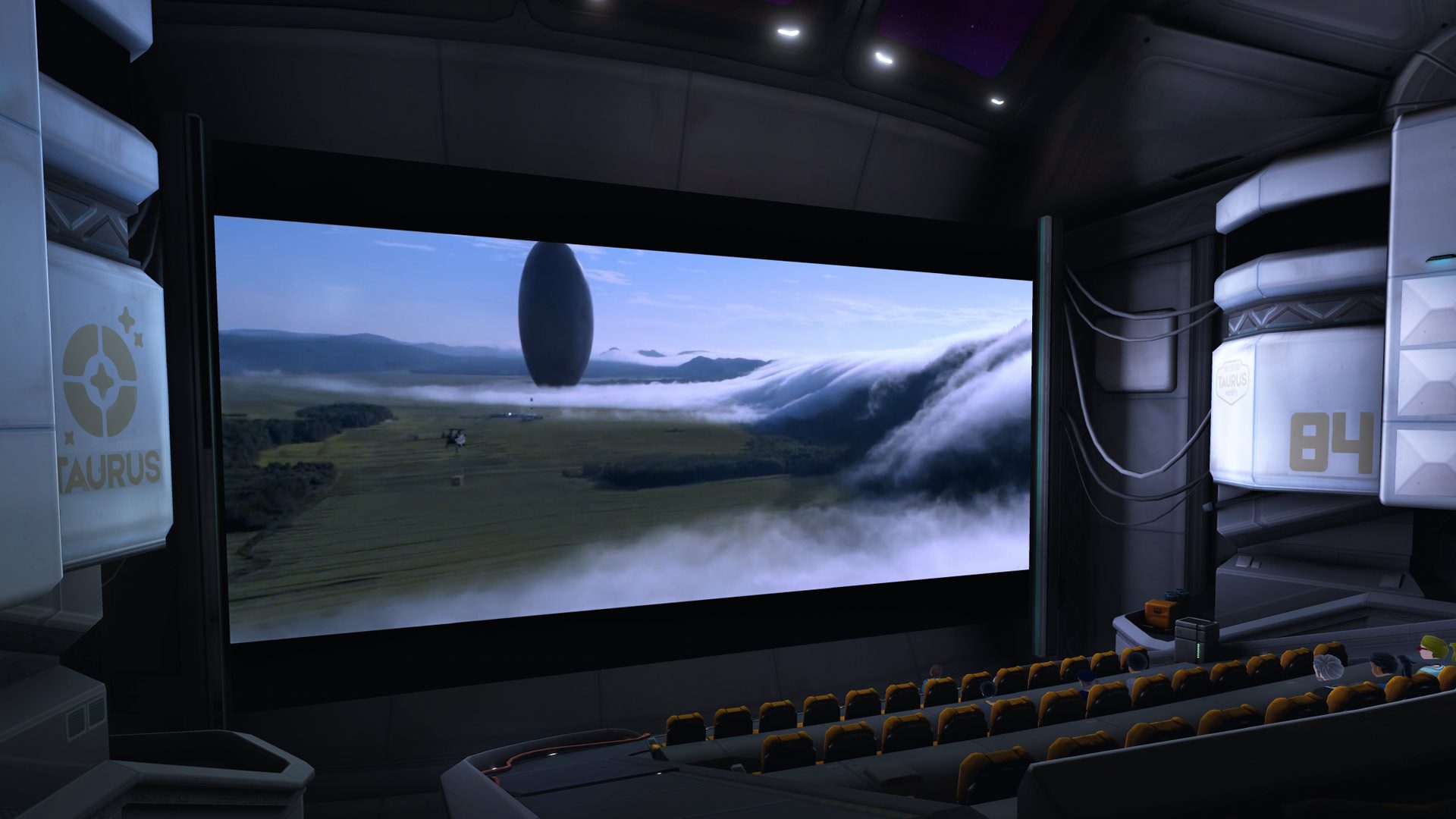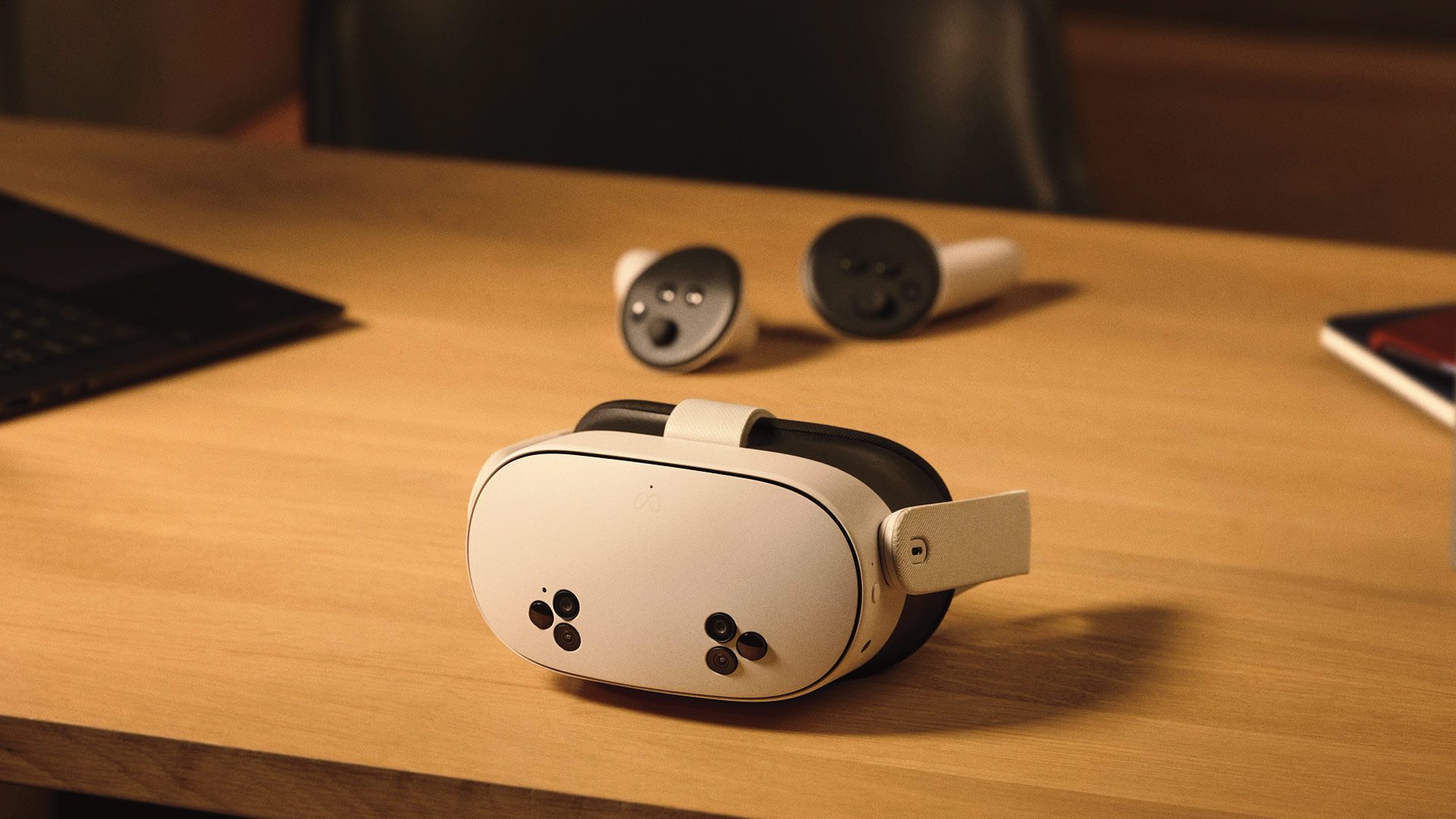The introduction of the Steam Deck marked a significant shift in the gaming world, allowing players to dive into big-name games from the comfort of their beds using a handheld device. There’s no hiding the fact that both gamers and tech enthusiasts have been buzzing with anticipation over a possible Steam Deck 2. This excitement comes in light of the notable advancements in the APU industry over the last five or so years. However, Valve has made it clear that we won’t be seeing a Steam Deck 2 hitting the market anytime soon. In an interview with Reviews.org, Valve stated that any new release would wait for a “generational leap in compute.”
AMD’s RDNA architecture took a considerable stride forward compared to its previous Vega offerings, providing superior performance and better driver support. When it came to the Steam Deck, Valve worked closely with AMD to craft a bespoke chip, dubbed Van Gogh, using the second generation of RDNA, or RDNA 2.
Inside the Steam Deck, you’ll find an APU with four Zen 2 cores and an RDNA 2 iGPU equipped with eight Compute Units. These technologies have been around since at least 2020, and even the introduction of an OLED refresh last year didn’t bring much in the way of performance enhancements.
Fast forward to today, and we’re seeing AMD’s latest Strix Point APUs, also known as Ryzen AI 300, which are built on Zen 5 and RDNA 3.5. When quizzed about the next possible iteration, Steam Deck designer Lawrence Yang emphasized, “We’ve made it clear; we’re not following a yearly release schedule.”
It looks like Valve is adopting a strategy familiar to fans of Nintendo, Sony, and Microsoft. Even the recent PS5 Pro is founded on the older Zen 2 architecture. Despite progress in the handheld gaming sphere, with Intel entering the scene with its Lunar Lake CPUs (Core Ultra 200V), the advancements have yet to be groundbreaking enough to warrant a new Steam Deck iteration. Yang further explained, “We’re set on waiting for a meaningful leap in processing power without sacrificing battery life before we roll out a true next-gen Steam Deck.”
Delving into technicalities, today’s APUs aren’t dramatically faster at sub-15W power levels compared to what we saw with the Rembrandt series (Ryzen 6000 Mobile). Though Lunar Lake shows promising development choices, Valve seems to believe it’s still not enough. This suggests the future Steam Deck 2 could see major improvements both in performance and battery efficiency. Additionally, Valve is exploring an ARM64 version of Proton, which opens the door to possibilities like using Arm cores with a GPU from Intel, AMD, or NVIDIA, similar to what Nintendo did with the Switch.















































